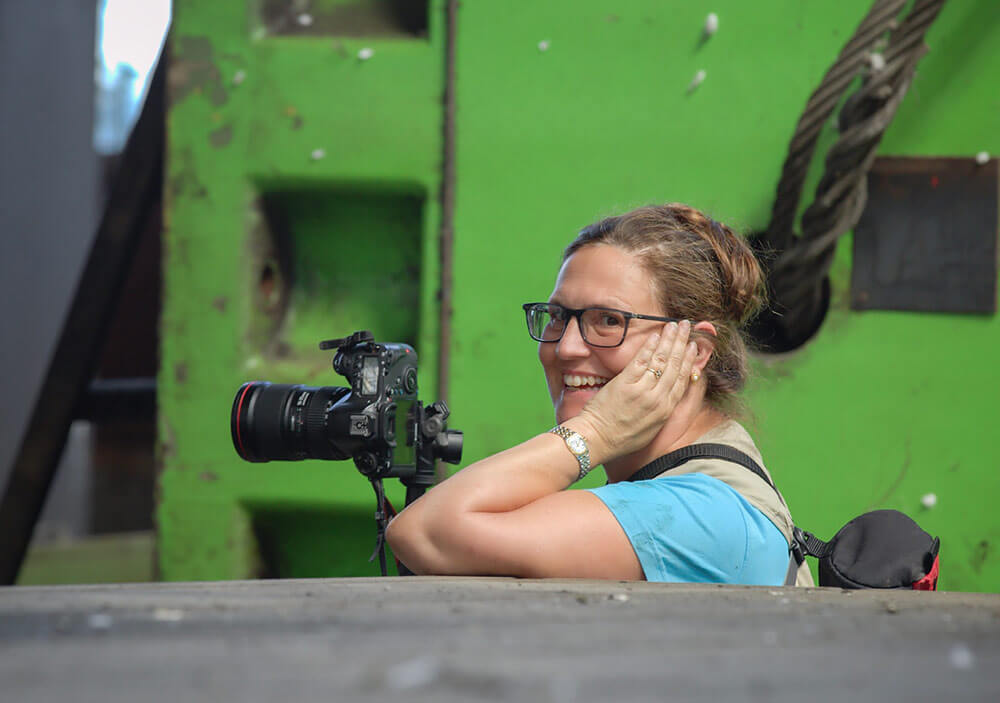After a successful career writing for American television comedies, Susan Borowitz embarked on a study of the practice of photography in 2011 and discovered a new medium by which to tell stories. Classes at New York City's International Center for Photography led to creative self-portraiture and ultimately fine art photography, specifically staged narratives, where she expresses reflections of psychological journeys. She has won several awards for images in her series Locked-In, most notably Pollux Awards, LifeFramer, One Eyeland, and Chromatic Awards, and has been the subject of several artist interviews/profiles for online and print publications. Exhibition venues include New York, Ohio, Berlin and Barcelona.
Locked-In
The series “Locked-In” explores the phenomenon of feeling stuck and the accompanying sense of failure to control the forces that seem to dictate our lives. Using metaphor and imagery that suggest the inability to move on, the series evokes the absence of agency and a perceived futility of each waking day. The choice to use self-portraiture reflects not only a personal journey, but also a common experience of women who feel consciously aware of what they should pursue or speak up about but feel impotent in the face of a dominant power: unequal relationships, demons residing in the subconscious, societal expectations and especially the disappearance of relevancy with encroaching age.
